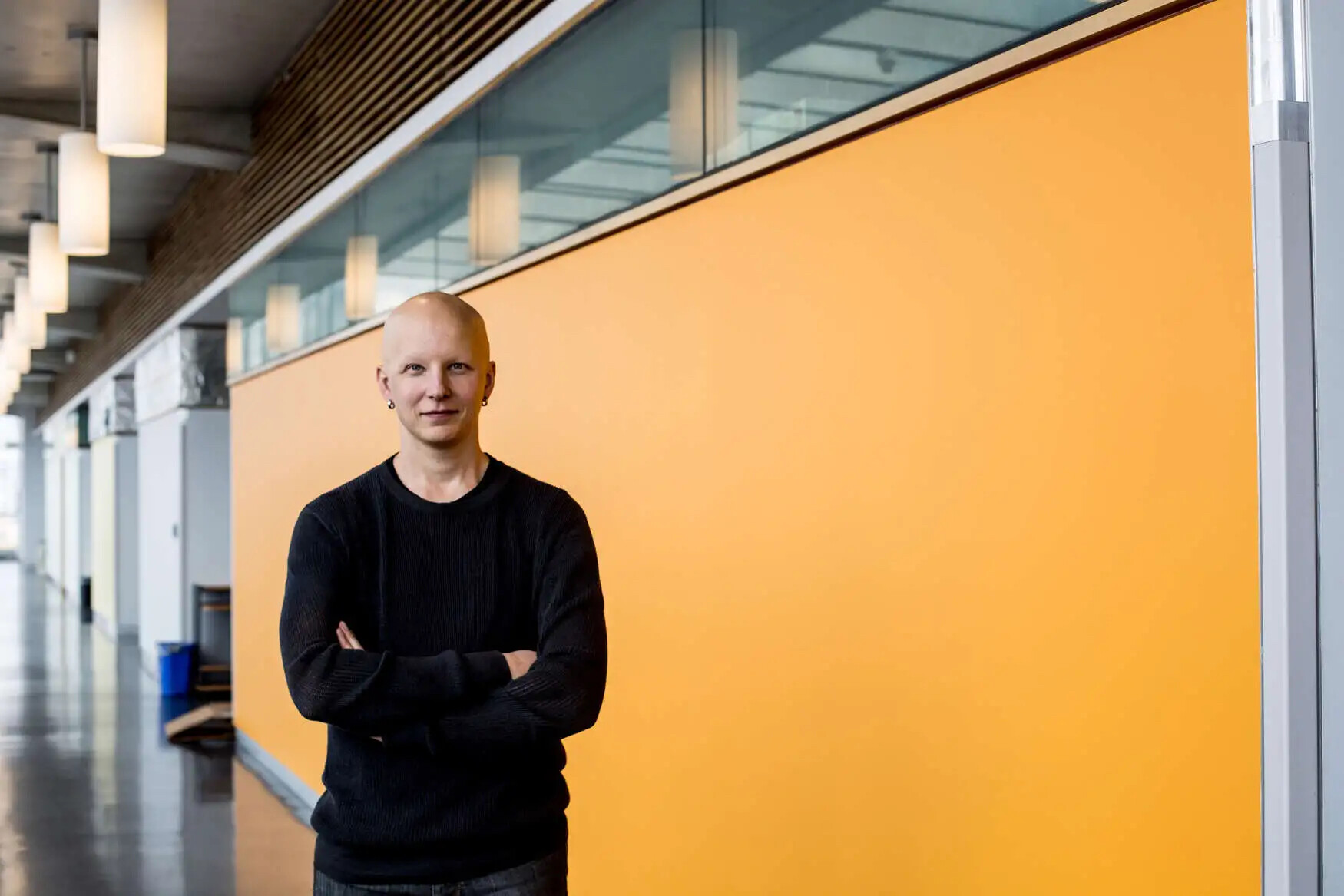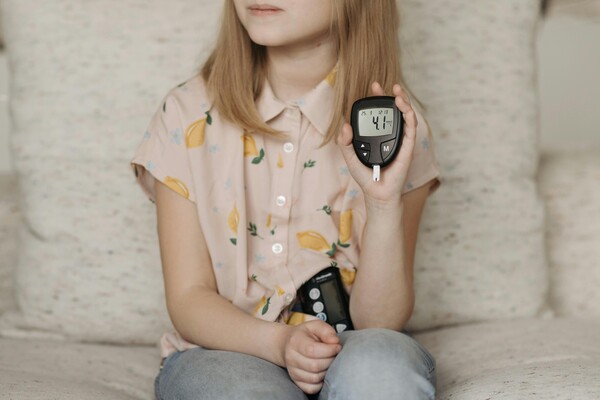Mobile Menu
- Education
- Research
-
Students
- High School Outreach
- Undergraduate & Beyond: Community of Support
- Current Students
- Faculty & Staff
- Alumni
- News & Events
- Giving
- About

University of Toronto researchers have created a first-in-class functional catalogue of proteins that activate gene expression, with implications for tailored therapy for cancer and other diseases that occur when wrong genes are switched on.
Also known as transcriptional activators, for their ability to induce transcription of genes into RNA messages, these proteins are essential for the cells to function properly. Yet little is known about these proteins, and it wasn’t clear how many activators there might be in human cells — until now.
The research was led by Mikko Taipale, an associate professor of molecular genetics in the Donnelly Centre for Cellular and Biomolecular Research at the Temerty Faculty of Medicine, in collaboration with Anne-Claude Gingras, also a professor of molecular genetics at U of T and a senior scientist at the Lunenfeld-Tanenbaum Research Institute, Sinai Health System.
The work was spearheaded by Taipale’s graduate student Nader Alerasool, who defended his PhD thesis last month — a day after the study was published online in the journal Molecular Cell, and ahead of print publication this week.
In it, the researchers describe the first unbiased proteome scale study that has expanded the number of known transcriptional activators from a handful to around 250. They have also established how these proteins combine with other cellular machineries to turn genes on, and how protein misregulation can lead to cancer.
“This study was a classic fishing expedition where we did not know what we were going to find,” said Taipale, who holds Canada Research Chair in Functional Proteomics and Protein Homeostasis. “Grant reviewers typically frown upon research that is not hypothesis driven, but that’s the beauty of proteomics. It allows you to cast a net in an unbiased way, and we have found some interesting stuff.”
“We now have a better understanding of which proteins are very strong activators. And we can begin to understand the mechanisms by which they activate transcription,” said Taipale.
To find the activators, the researchers tested the majority of 20,000 human proteins for their ability to activate gene expression in human cells. Many activators were transcription factors (TFs), which directly bind DNA and turn on their target genes, whereas others were helper proteins, or co-factors, that bind TFs and activate their targets together.
They also found that TFs that are highly similar can talk to different co-factors, explaining why two TFs with essentially identical DNA binding specificities can trigger distinct gene expression programs.
“These activators are not activators in all contexts, it could be that in a gene X they activate, but in gene Y they might actually repress,” said Taipale.
Transcriptional activation occurs through the interaction of the so-called transactivation domains, which are present in the TFs, with the activators. Since the sequences of activation domains are not conserved, they cannot be pinpointed by computational methods.
For that reason, the team resorted to chopping up 75 activators into pieces and tested the ability of each piece to activate transcription. They identified around 40 activation domains this way.
Furthermore, they used AlphaFold, a revolutionary bioinformatic tool developed for the prediction of protein structures, to find the interaction interfaces between the TFs and their activators. Although AlphaFold was not designed to predict protein-protein interactions, this unexpected feature was a highlight for Taipale, who said the software will become the standard tool for these kinds of studies to find functional connections between proteins.
“This has been previously nearly impossible to do computationally,” Taipale said.
While many of the identified proteins are novel, some of them were previously detected in tumours, in which a TF and its helper protein are permanently joined in an oncogenic fusion protein which ends up activating the wrong genes.
Piecing together the puzzle of how TFs interact with different activators could be a major step towards tailored therapy. One challenge in therapeutics development has been that TFs are not amenable to targeting by small-molecule drugs.
“Transcription factors are really hard to target because they often don’t have druggable pockets, but many of the co-activators are enzymes which means they have pockets that can be targeted,” said Taipale. “For example, when you have a cancer fusion of the transcription factor to the co-activator and you understand the co-activator that the transcription factor interacts with, you may be able to target the co-activator to halt cell proliferation.”
This research was supported by the Donnelly Centre startup funds, a Canada Foundation for Innovation John R. Evans Leaders Fund grant, and the Canadian Institutes of Health Research.

